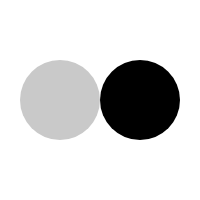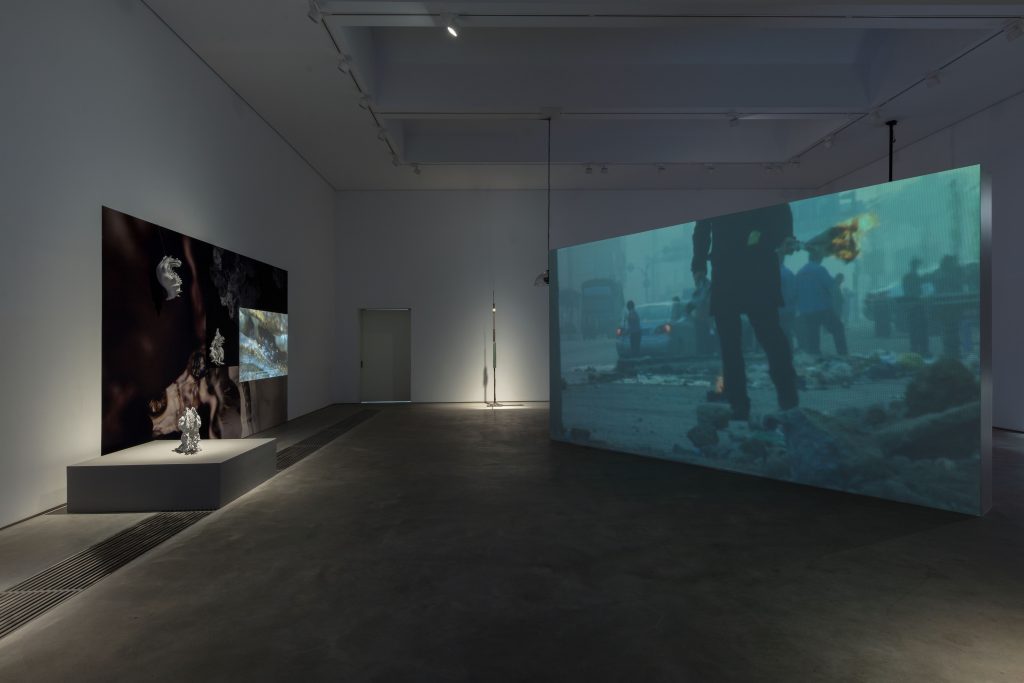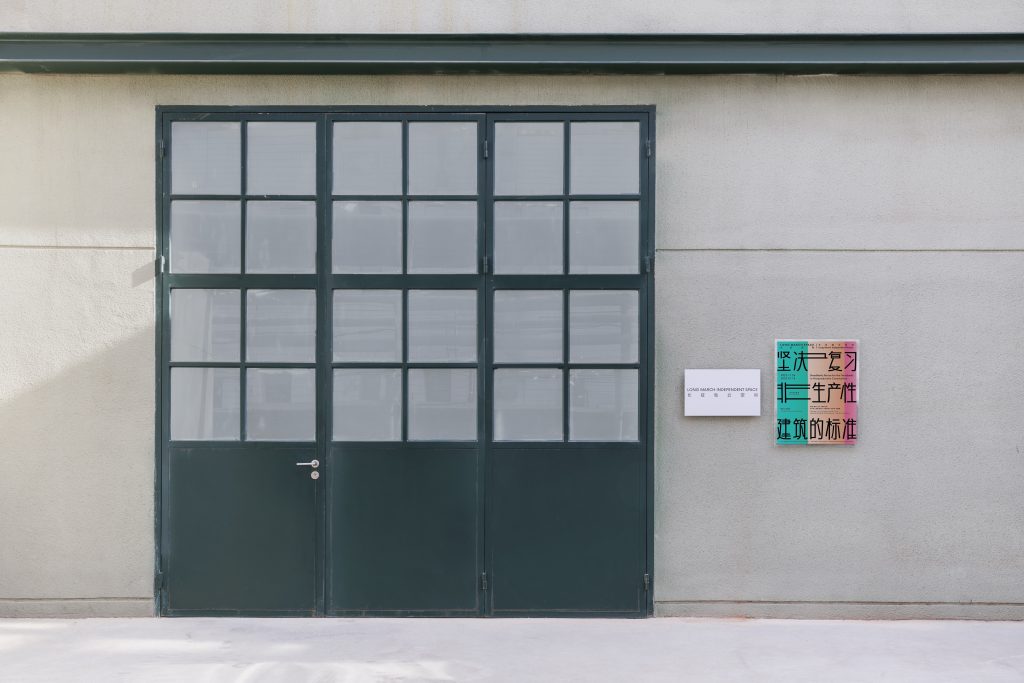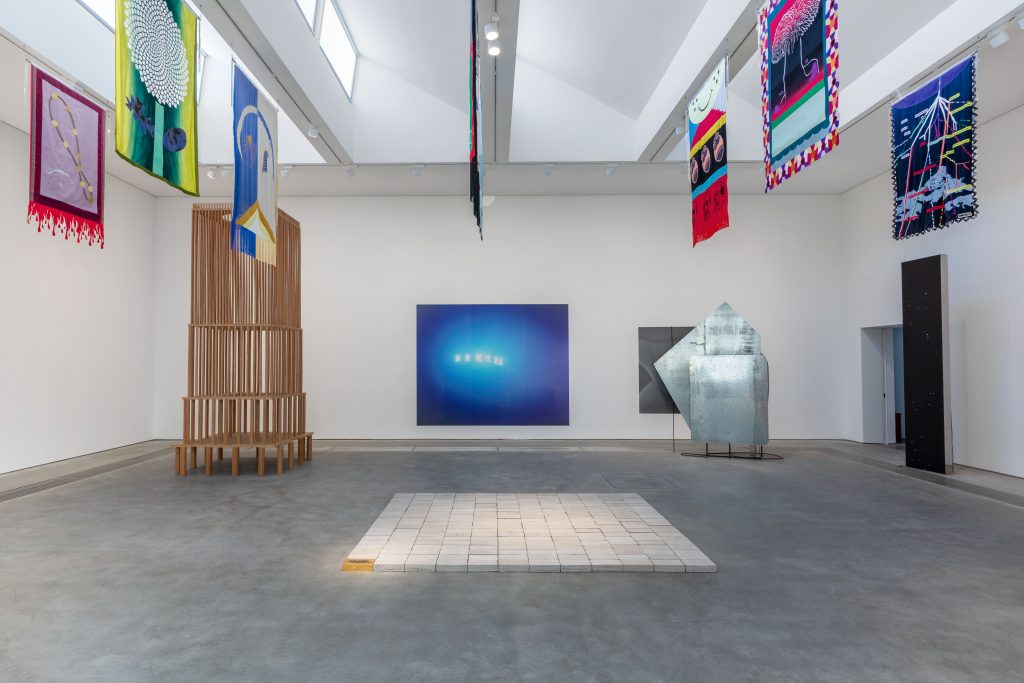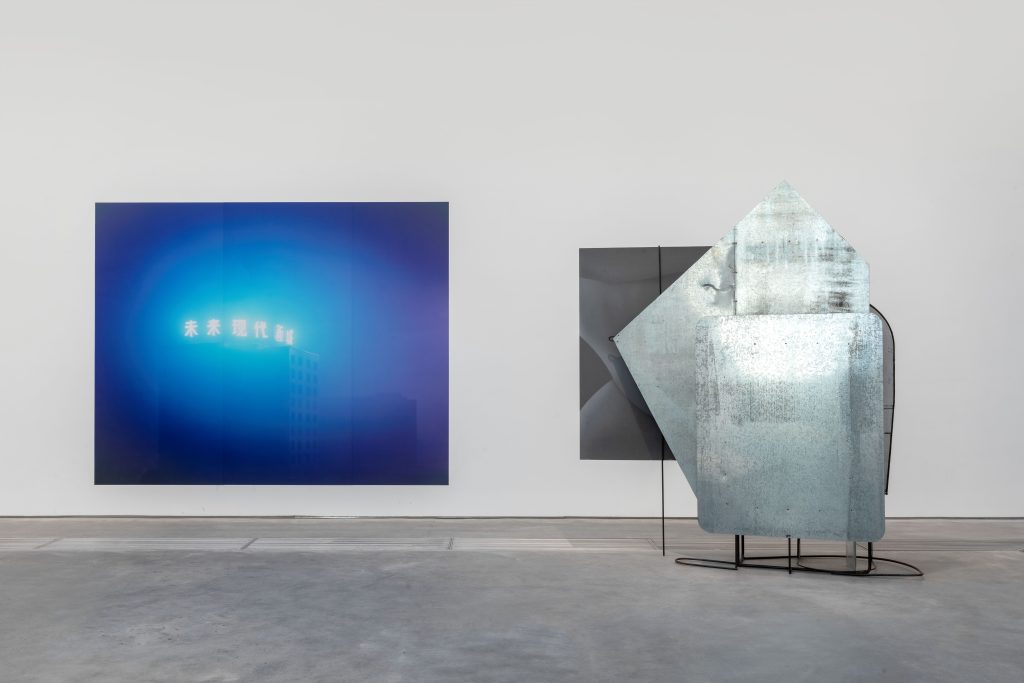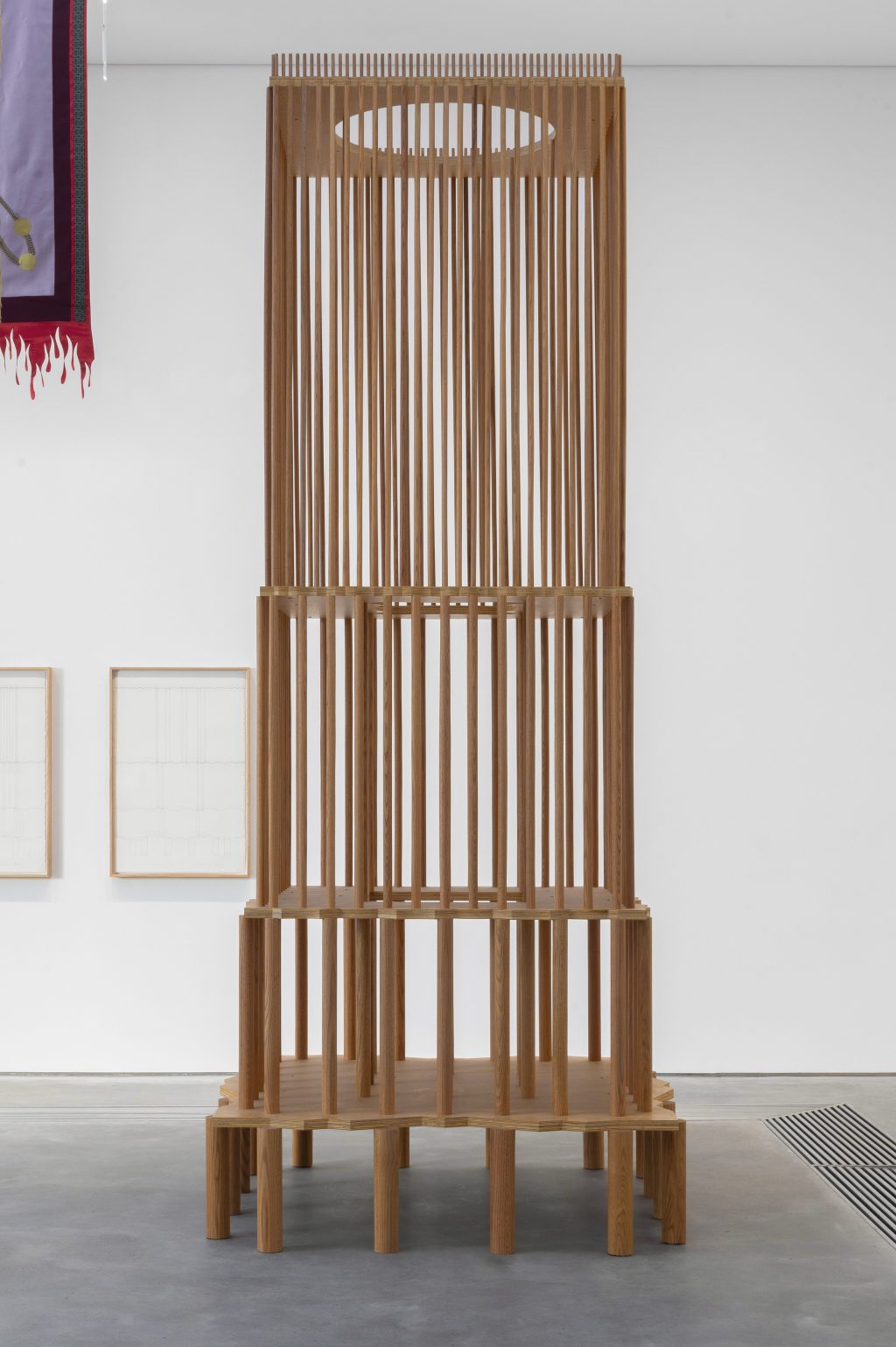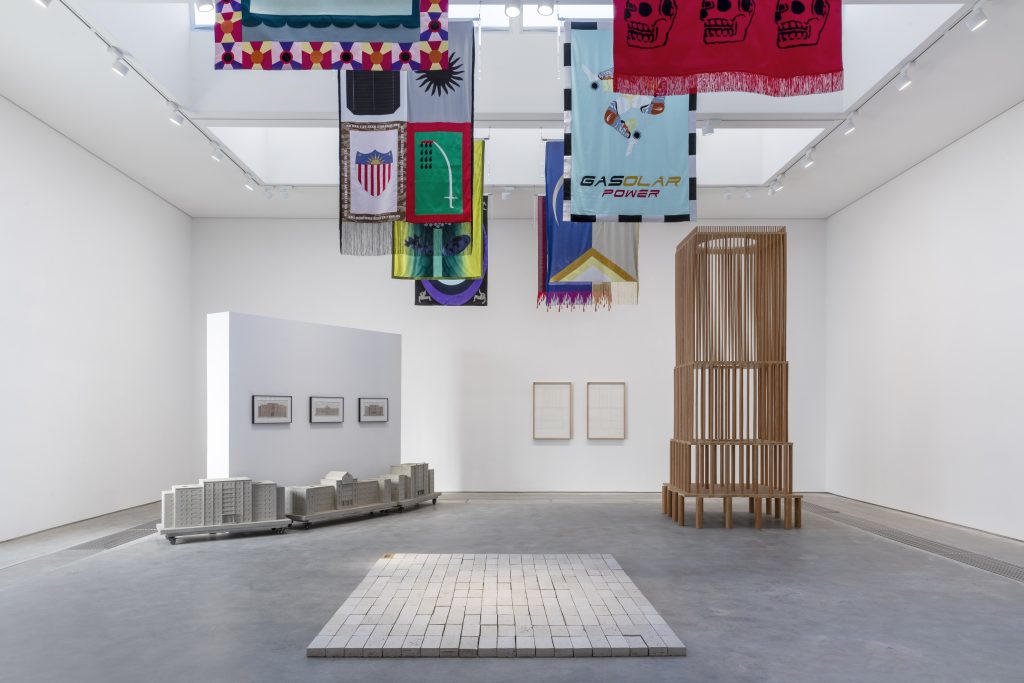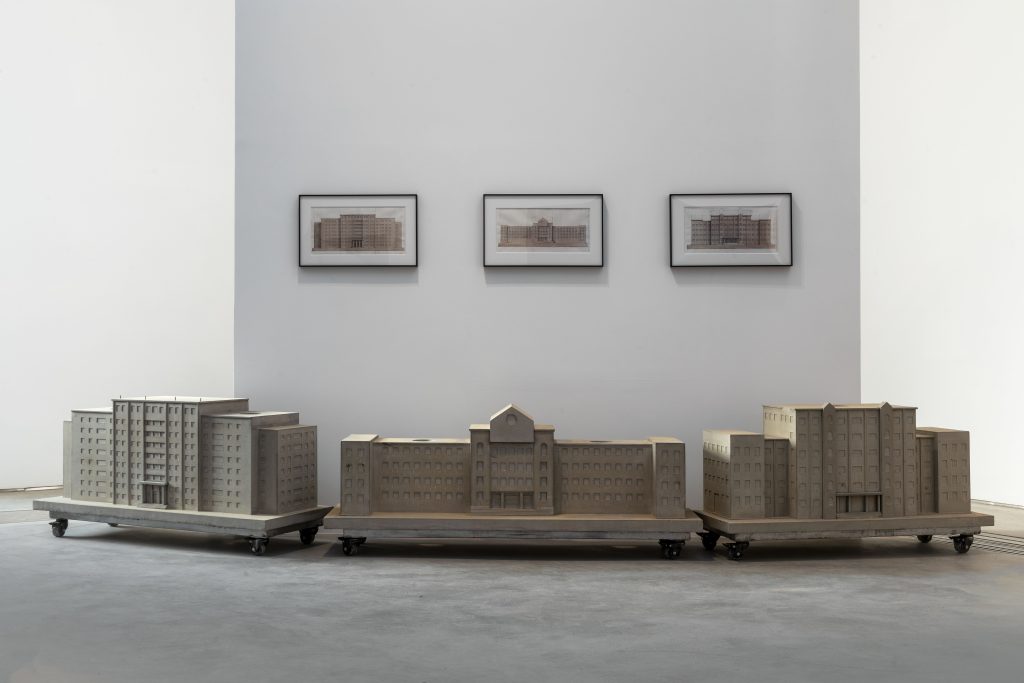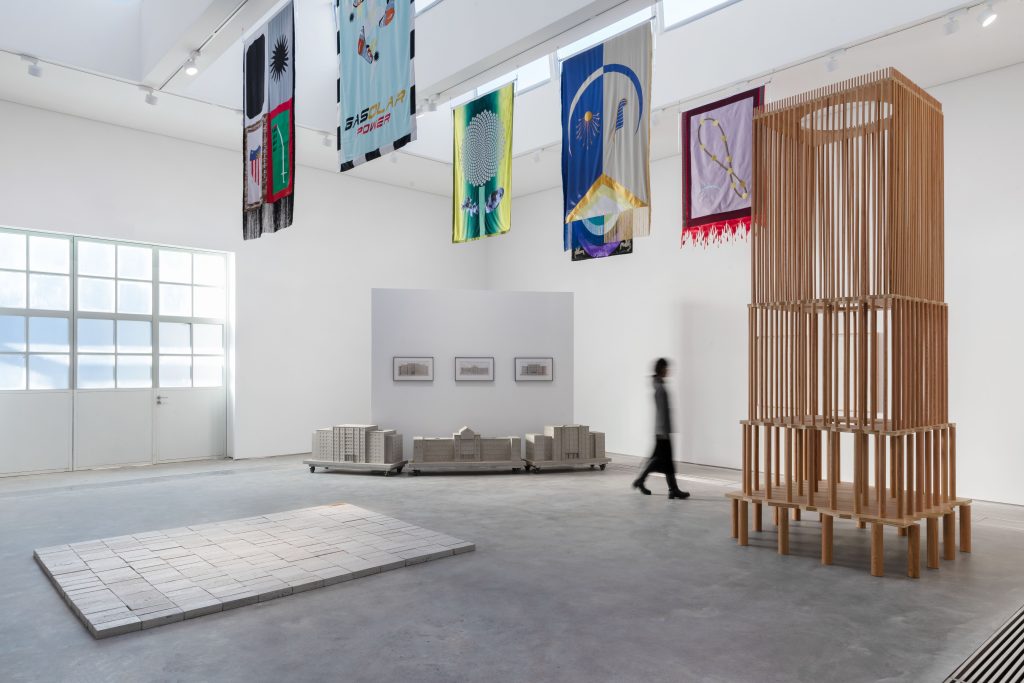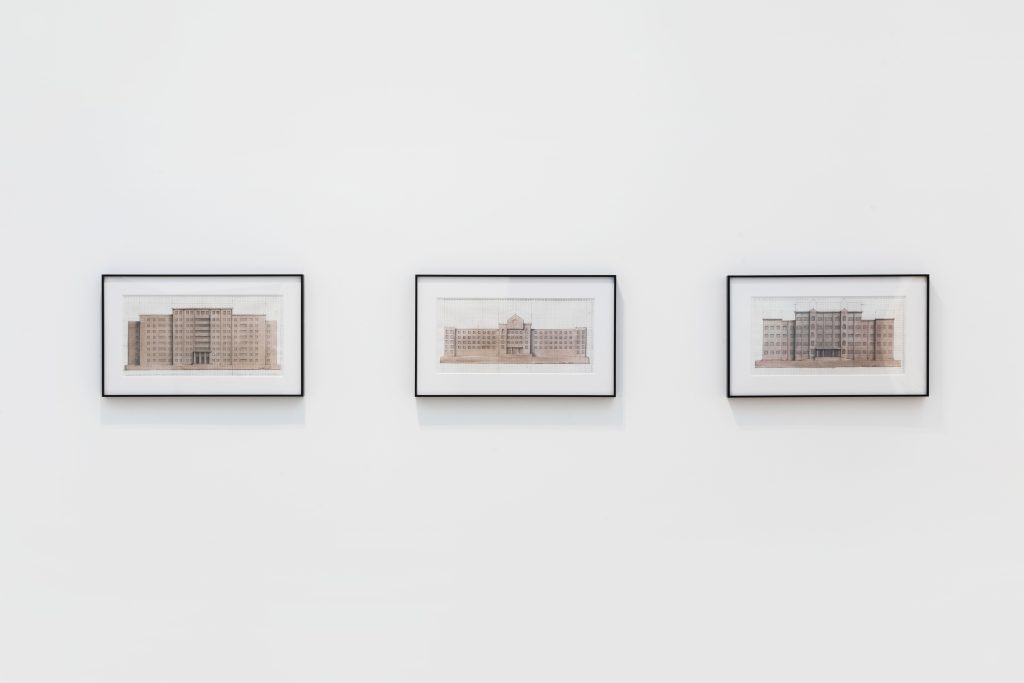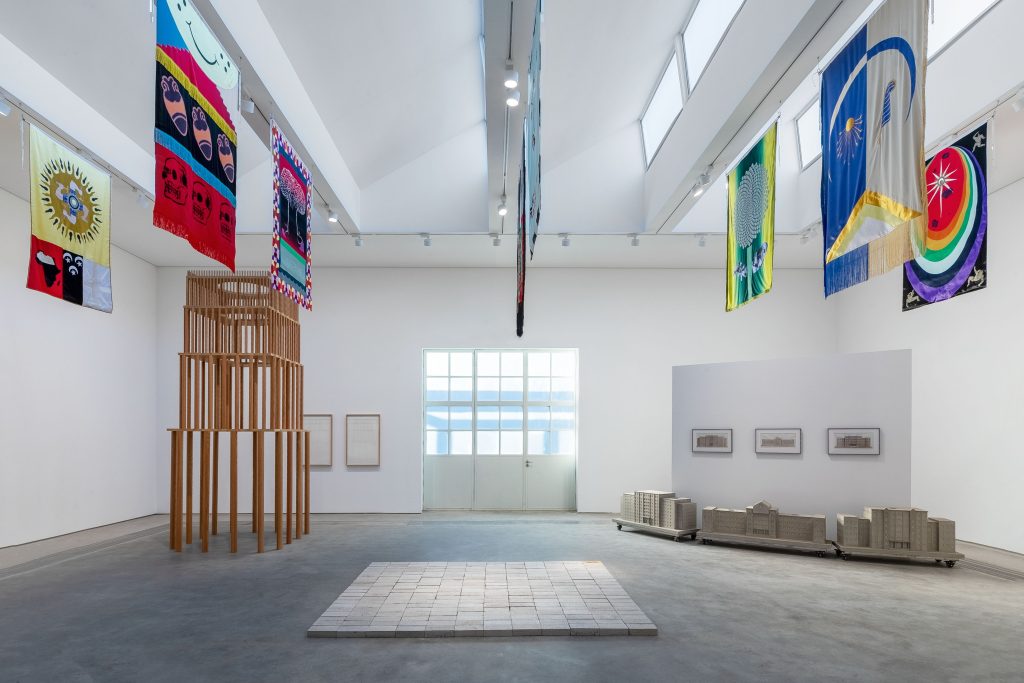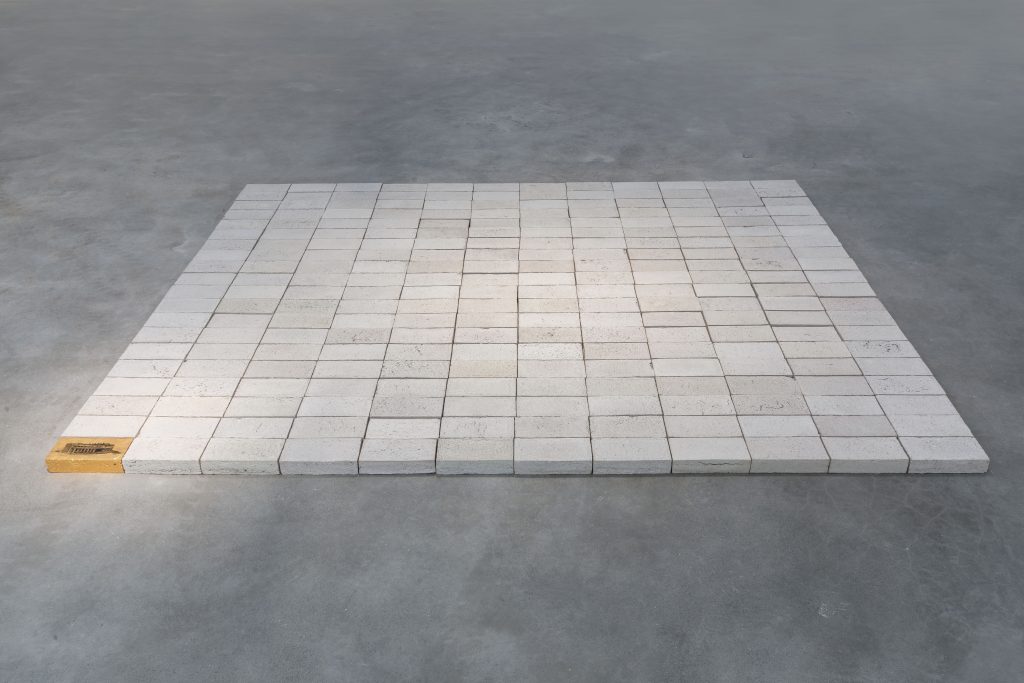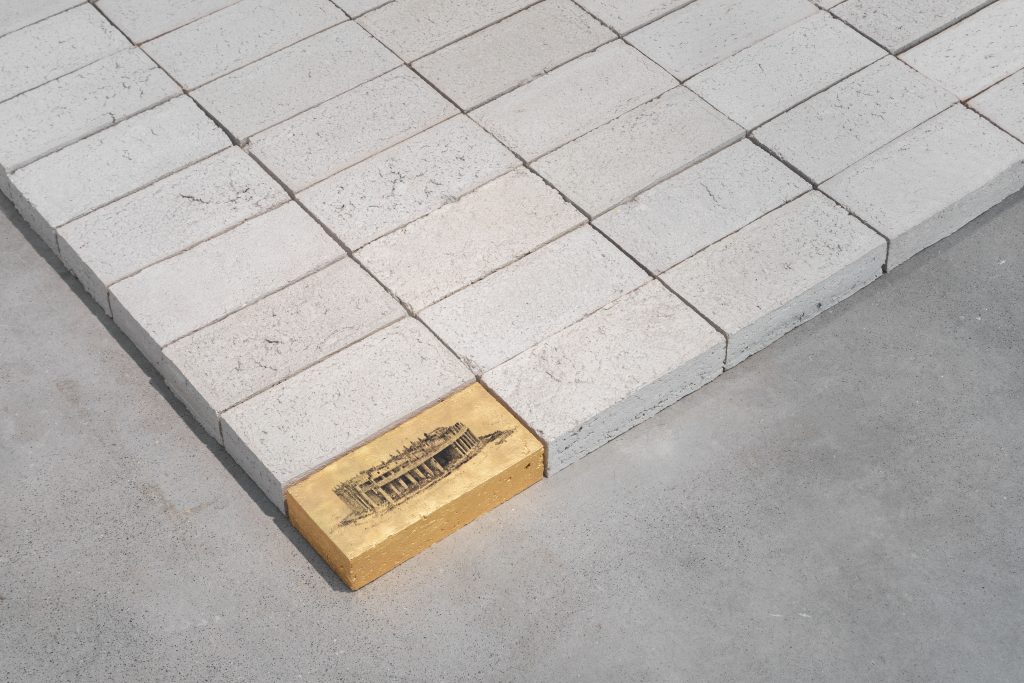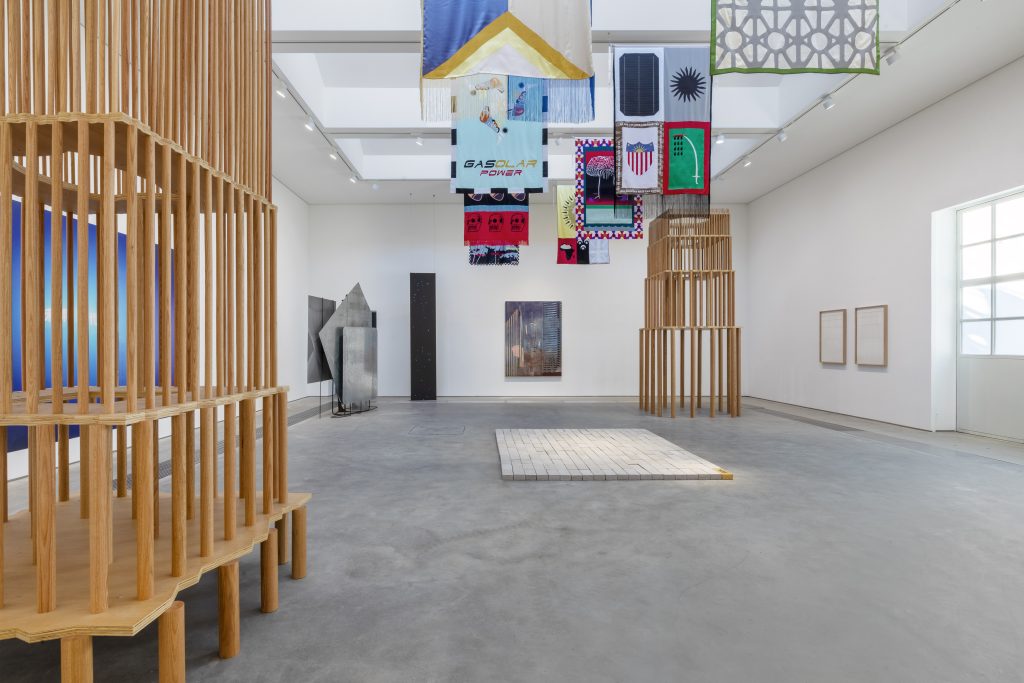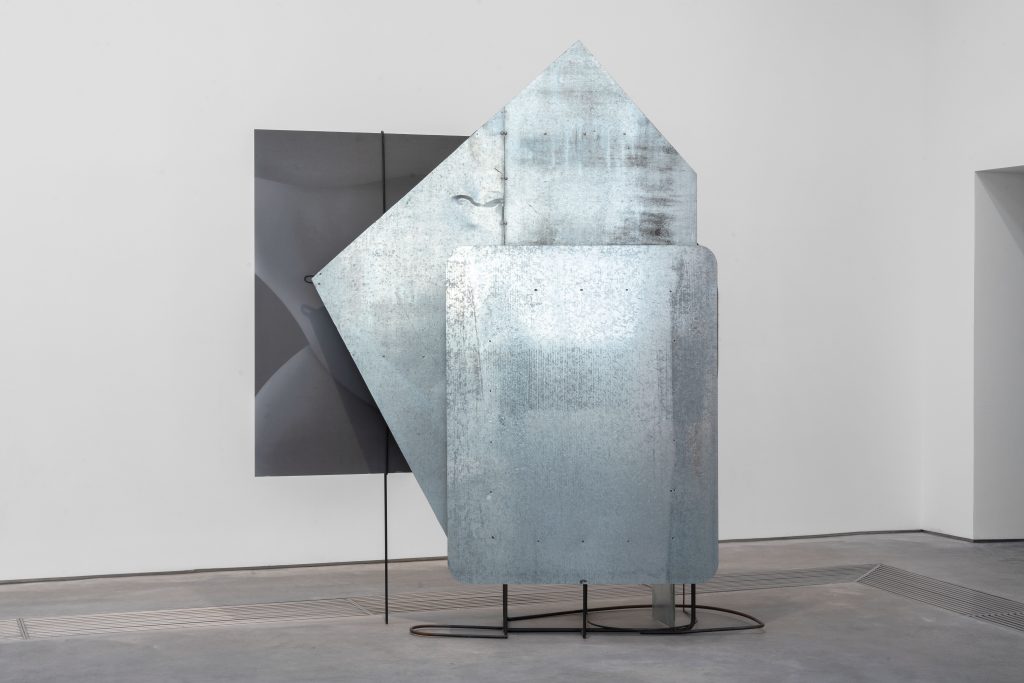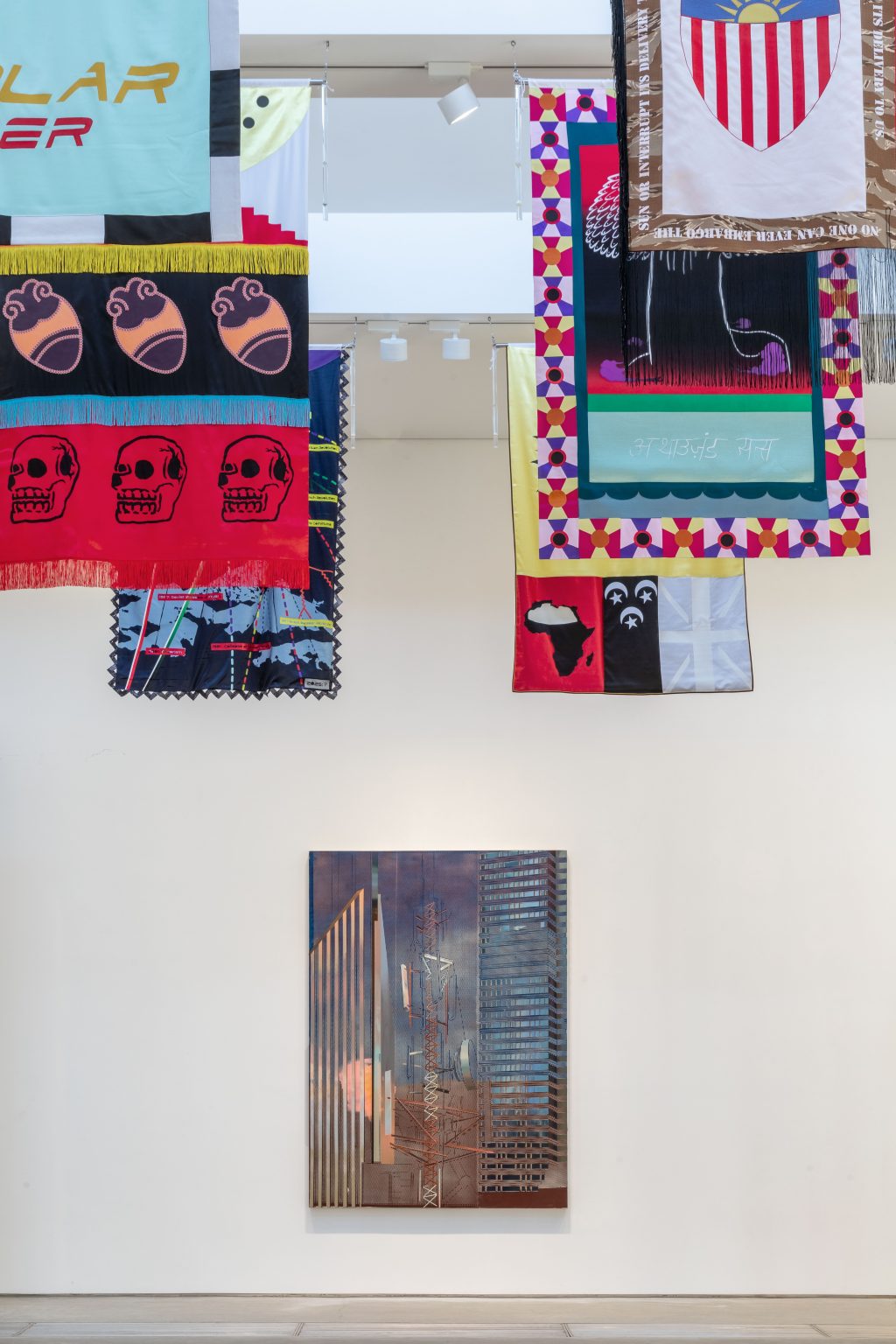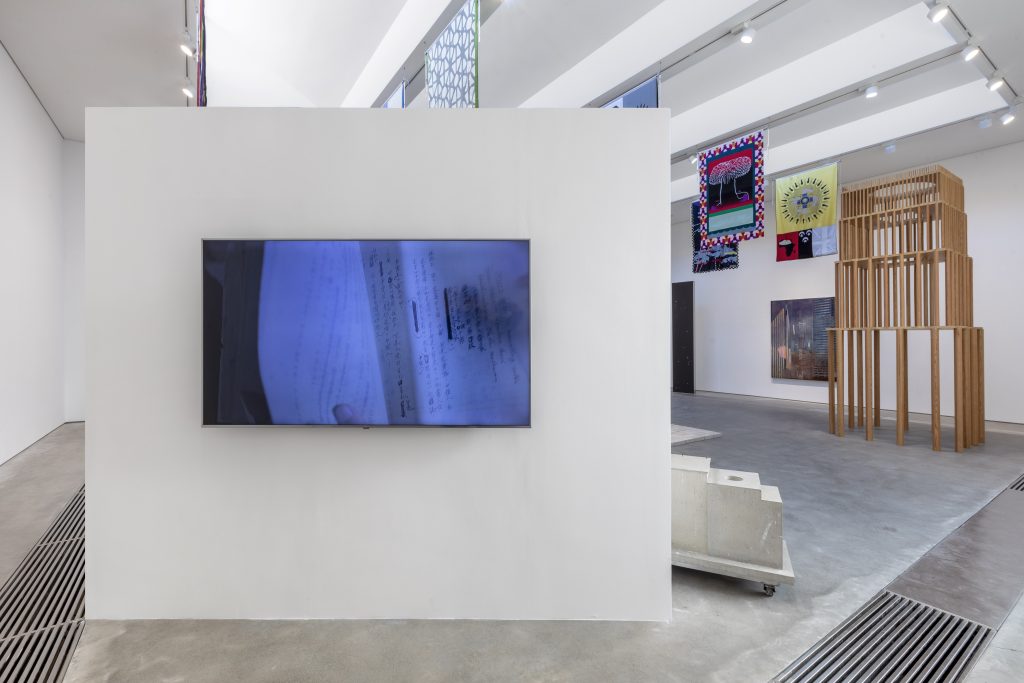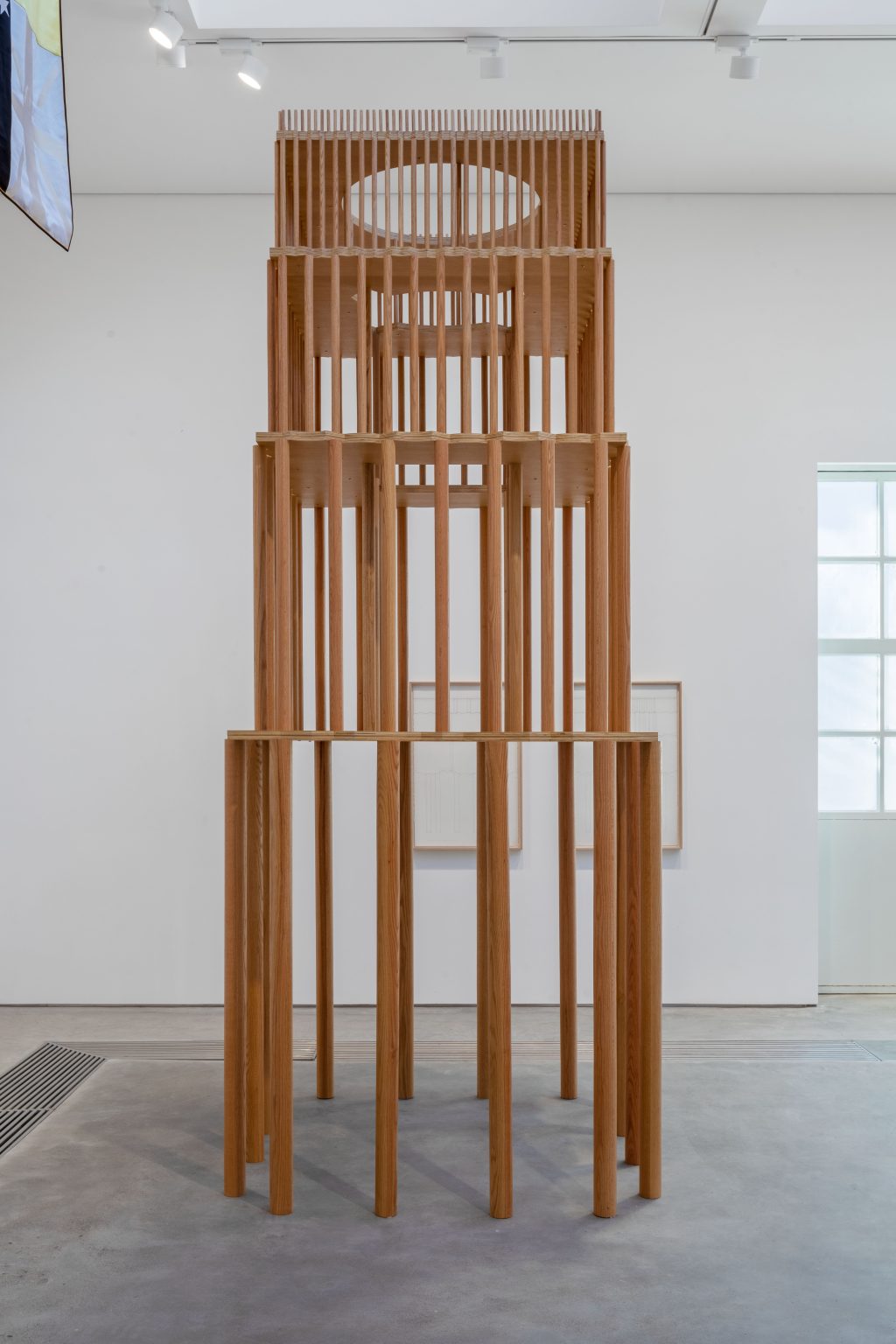CuratorialProblematique
Steadfastly Revise For the Standards in Nonproductive Construction (Part I: Solid Molds) | Long March Independent Space | Beijing | 2022
Originating in the editorial entitled “Steadfastly Lower the Standards in Nonproductive Construction” of People’s Daily (1955), the group exhibition “Steadfastly Raise the Standards in Nonproductive Construction” (2018) once put forward a radical proposal of instituting new degrees in the architectural agenda of Chinese modernisation, industrialisation, urbanisation, while offering a bold critique to uncover its ideologically biased nature. The binary opposition between “lower” and “raise” led to negating the excessive pursuit of aggressive cost-saving behaviours and emphasising the binary of mere hypocrisy in productivity propaganda. Such a counter-narrative in the previous exhibition was designed to present how social individuals carry through spatial practices with their spatial abilities and rights to the space, thus acting against the “administrative rationalisation”. However, in face of the shrinking world currently being crushed by sudden public crises, there is no return to normal and it is rather important to clarify what we mean by being “functional” as living machines, moving beyond stereotypes of labour discipline and self-exploitation. It is a rewarding attempt to take a further look at how the prototype of the “productive” and/or the “nonproductive” is appropriated as a methodology for urban planning and how it helps shape the built environment in-and-of the country and its socialist allies, meanwhile, expanding the scope of the study into multiple geographies for some alternative statements or exceptional circumstances.
The idea of “revise” thus emerges out of the critical juxtaposition in scale, proportion, placement and materials, of singular immortal architecture and collective anonymous buildings that conform to the constantly changing “standards”, whether “lowered” or “raised” as claimed. The following chapter, “Steadfastly Revise for the Standards in Nonproductive Construction” (2020–2021), is hereby brought up to examine the existential meaning of these “standards”, trying to establish a symbiosis in-between and investigate how the nuanced balance endures over different temporalities, the modern future and the future modern in particular. The “standards” were vaguely defined in terms of Marx’s reproduction schemes at the early stage of socialist industrialisation,1 however, it was much easier for the bureaucrats and technocrats to actualise the reformation by making a clear classification that “productive construction” was industrial estates as economic instruments and “nonproductive construction” were merely for public services, which would not contribute to the making of the country.2 Consequently, the former category turned out to be a worthwhile exercise, while the latter meant inadequate and wasteful operations, albeit devoted to the notion of co-working-and-living as prosthetic devices. A great number of industrial ruins have later been produced by capital abandonment with the rise of mixed economy, since they are no longer profitable and no longer have use-value in a Chinese city re-embracing Western consumerism and materialism—not to mention the extreme limit of production triggered by endless displacement, elimination and replacement till now. Such a decline is inevitable though, to “revise the standards” is drafted based on the fierce introspection, adaptation, and reinvention illustrated by characteristic governmentalities, aiming at absorbing the pressure that comes from social changes and not falling to ossification.
In order to carry out a concrete practice that turns from “Steadfastly Raise the Standards in Nonproductive Construction” to “Steadfastly Revise for the Standards in Nonproductive Construction”, namely transitions from the critique of practice to the practice of critique, the curatorial work is executed within the sphere of four major architectural scenarios: monument, skyscraper, civic square, and frontline. The first two are canonical forms of the solid molds committed to the desired output of “productivity”, whether or not being “productive” by their own means. Monuments would shape people’s will and deliver it to social production, yet skyscrapers are questioning the true meaning of height and speed. The last two are key joints of the liquid flows recently promoting the move of “productivity”. Civic squares are the public spaces for opinion molding and social integration, no difference between the real and the virtual. Frontlines, rather as part of the infrastructure network, are dedicated to regional activities. The exhibition invites a number of participants to engage themselves in these scenarios, to challenge the concept of “productive” or “nonproductive” construction in detailed cases of built projects or other architectural events and acts, also the political order concealed in the “standards”. Their technique is to “revise”, which may possibly heal the land harmed by “production” and construction.
“Steadfastly Revise for the Standards in Nonproductive Construction” will be presented in two parts. “Part I: Solid Molds” anchors in the architectural forms of monuments and skyscrapers, presenting works by Chen Wei, Cui Jie, Liu Ren, Liu Wei, Lu Lei, Inga Svala Thorsdottir & Wu Shanzhuan, Joey Xia, Zeng Jiahui. “Part II: Liquid Circulates” rather focuses on the idea of commonage, referring to civic squares and frontlines, which will be on show after.
Notes:
1. Jin Minqiu, “Preliminary Suggestions about Making Statistical Categorisation According to Binary Definitions of Productive Construction and Nonproductive Construction,” China Statistics, Issue 8, 45–46.
2. “Steadfastly Lower the Standards in Nonproductive Construction,” Editorial of People’s Daily (19 June 1955).
Venue: Long March Independent Space, Beijing
Dates: 2022.12.17–2023.2.19
